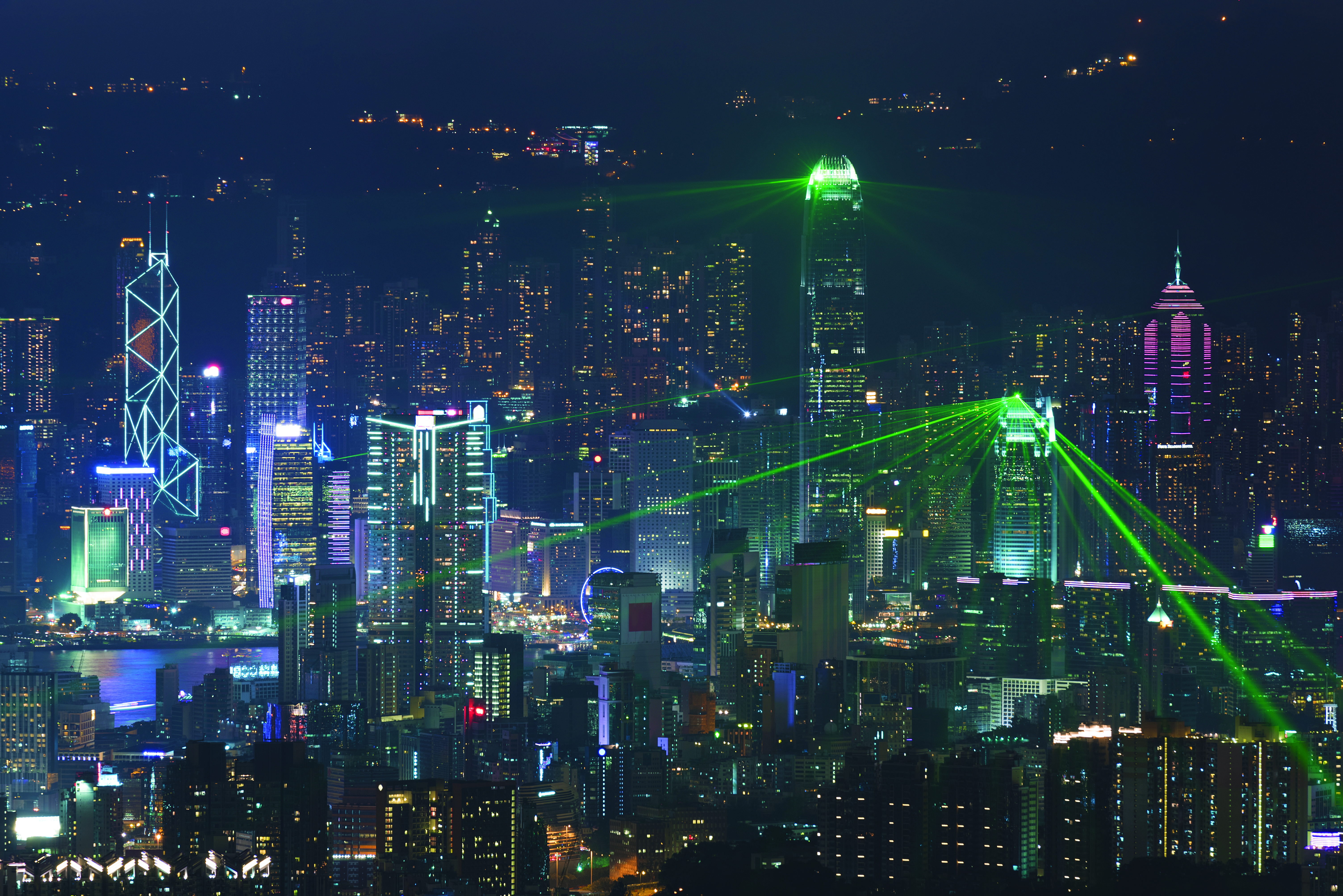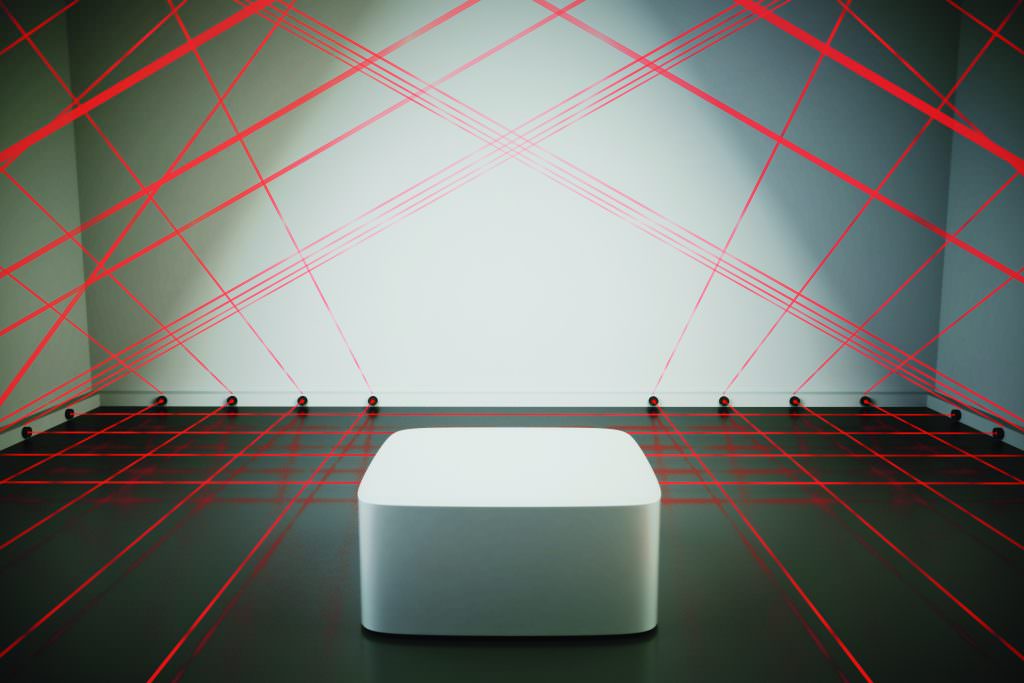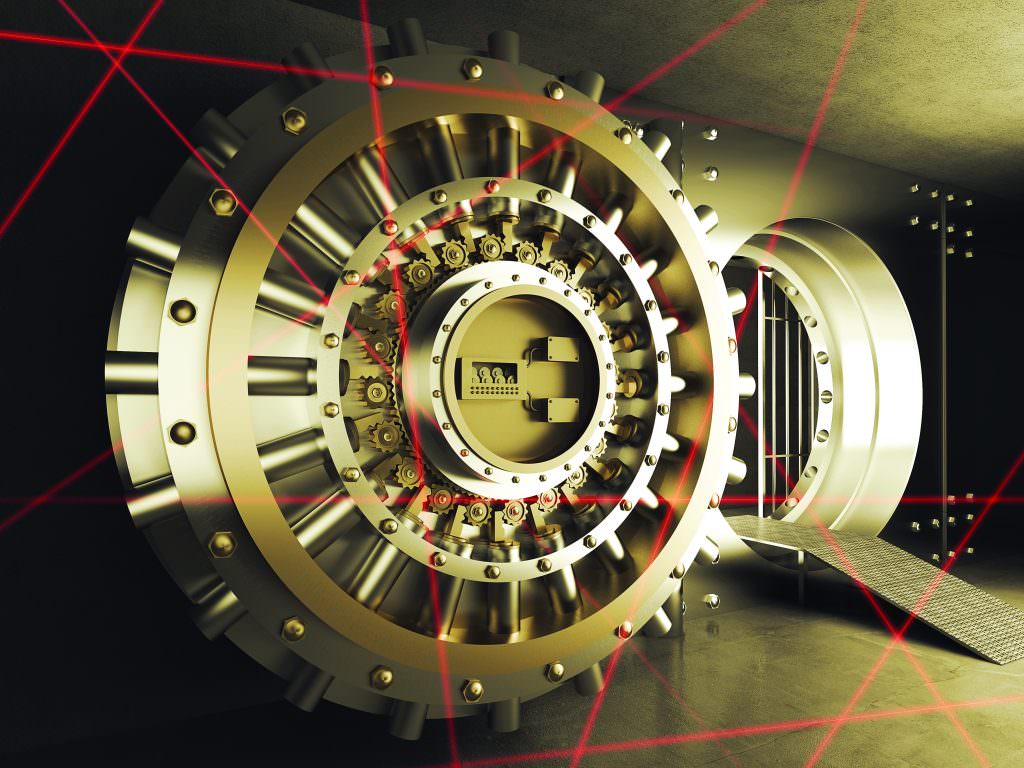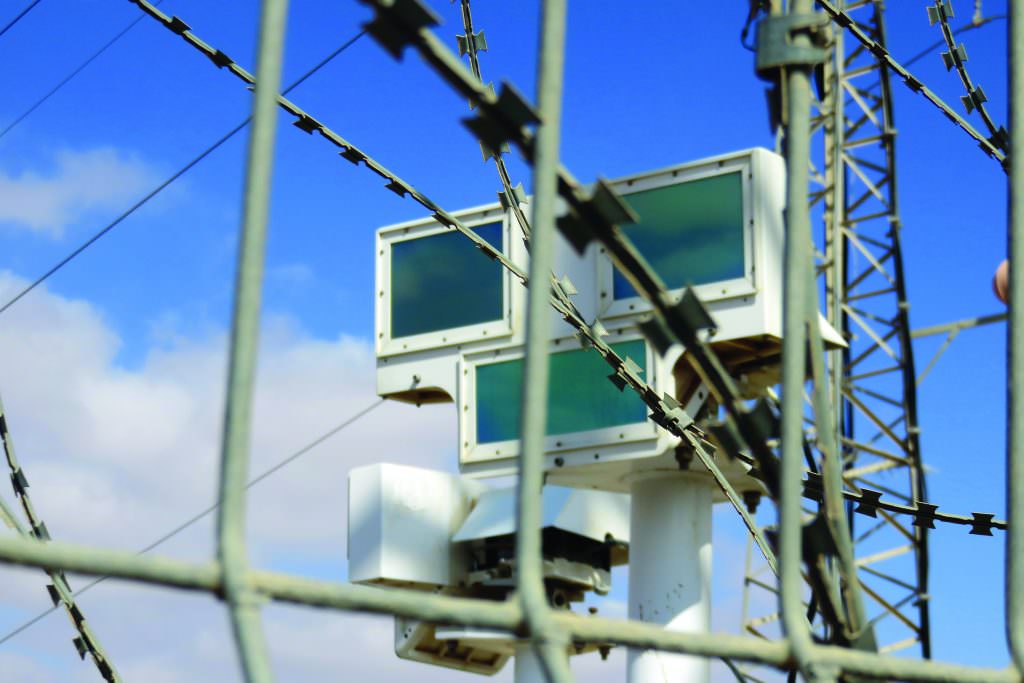A Laser Focus on Enhanced Security

New scanners can improve the accuracy and reliability of intrusion detection systems

Patrick Hart, Optex
The electronic physical security industry has done a good job with advancing technology over the past 100-plus years. Current systems are smarter than ever, and that intelligence brings new features and benefits. As more systems migrate to a digital format, larger amounts of data will be available to mine. This increase in data will propel the use of analytics and will move the security industry to a new and better age.
The supply of accurate data is limited by detection devices. Sensors today typically detect in a linear process, with a simple go/no-go for alarm events. The detection technology is adequate but it provides just a limited amount of analog-only information. There is additional information related to troubles, tampers, the environment, and basic device status, but this, too, is all analog. Moving forward with digital alarms – having alarm devices on a network communicating with an alarm system residing on a server – is the first step toward increasing the functionality of these solutions. Now security devices can add more detail, with defined troubles based on other criteria, like anti-masking, anti-rotation, dirt on the lens or system failure. Alarm zones are also less restricted, with the division of areas defined in multiple zones not limited by the number of relay outputs. This provides more information with fewer connections, points of potential failure (relays), and wiring. Utilizing Power over Ethernet (PoE) devices, the installation becomes even simpler, with a single wire providing both information and power from the network switch. So what is next? The natural progression is toward even more information with sensors sending metadata.
Metadata can be found in modern security products, but one must look past the basic standard array. Cameras are the usual source of advanced detection data as they have millions of pixels that can be analyzed. The camera metadata is compressed, transmitted and digested to provide alarms and events based on an array of video analytic rules. This is a great advance in the security field since it turns cameras into sensors and provides feedback with alerts. Too often, though, systems are turned off because of high volumes of false alarms. But camera technologies are improving, and the use of thermal images has produced better results.

The problem with standard video is that it relies on passive, reflective light to produce data. Devices that produce active energy and generate events based on the information that is returned to them work significantly better.
The main reason for the increased accuracy is the constant stable energy that is projected from the sensor. Both radar and multiplane LIDAR transmit energy at a fixed frequency and use time of reply to measure the response. This is a great way to produce accurate results, but the equipment tends to be too expensive for common applications.
There are some new products, however, that use lasers as the active energy and have a lower cost of ownership.
Utilizing a laser scanner for detection eliminates a lot of the problems associated with other types of detection. Heat, lights, wind turbulence and small animals have little or no effect on a laser-based motion sensor.

A laser scanner can provide an abundant amount of precise information to determine if an object is a cause for alarm. Size, location, movement and time are all analyzed at the edge to generate event-based alarms. Sending out hundreds of beams of laser light every second, the scanner can identify both the size and exact location of a person inside a detection area.
Covering large areas that can be defined to the inch, a laser scanner can transmit its data to a situational awareness system, a video management system, or an access control system.
With the perimeter defined, the sensing area can have custom zones programmed to any size or shape and can easily be networked to a camera to drive pan-tilt-zoom presets to the exact location of detection. The camera could also be programmed to increase framerates, start tracking, send an email, and/or start recording, all based on inputs from the laser.

Security applications are easily accomplished, as the laser scanners can be mounted horizontally or vertically. Horizontally, they create a large, wide detection area that can conform to the desired region of interest. Mounted vertically, they can create a large invisible laser wall. This wall could be as high as 50 feet and cover an area more than 150-feet wide. Typical vertical applications include fence lines, gates and the sides of buildings. For a fence line, a laser scanner can protect the fence and space above it up to the detector. But unlike other types of detection, a laser can have custom zones for doors or gates that can be controlled independently of the rest of the protection area. For example, a gate could be a driveway with a 16-foot-wide opening, along with a separate 4-foot-wide pedestrian walkway, with the rest of the fence to 70 feet in both directions, all controlled with independent zones. This task is easy for a laser scanner but almost impossible for other types of commercially available sensors or cameras.
False alarms are the primary reason integrators are reluctant to install outdoor motion sensors. Causing police departments to use valuable resources to respond to a false alarm is both costly and inefficient. Video verification is often used but this, too, can result in a “no obvious cause” finding when viewing the location remotely. Either the camera is not in the correct location or the activation is caused by an unknown factor. Even when there is an obvious reason for the false alarm, it is often difficult to pinpoint the exact location because of the camera’s perspective. Leaves and branches can cause false alarms, but it is often difficult to determine where to mask, or if masking will remove detection in the background. A laser detector, though, will provide the exact location of the alarm, so that precise space can be masked to eliminate the problem. For example, the detector can determine that the area to be masked is, say, 20.5 feet out and 13.2 feet to the left. The user would then mask that area and eliminate the cause of the false alarm without losing detection past that area. With a remote-accessible, local network server, all of these adjustments could be completed remotely, while saving the time, trouble and cost of having a technician travel to the site.
The most interesting and important aspect of future development is the laser scanner’s ability to generate metadata of all the scanning information. A laser scanner can relay information about everything in its line of sight back to an analytic server.
A laser scanner can relay information about everything in its line of sight back to an analytic server. This includes not only the location and size of all moving objects, but also all of the information about static objects.
 This includes not only the location and size of all moving objects but also all of the information about static objects, including the exact locations of trees, buildings, walls, fences, vehicles and any other objects inside the detection area. This information has great benefits for granular forensic searches, since it allows for the elimination of unwanted detection of objects, and because the data can be processed by video analytics software to be used in conjunction with other sensors or cameras to enhance the performance of security systems.
This includes not only the location and size of all moving objects but also all of the information about static objects, including the exact locations of trees, buildings, walls, fences, vehicles and any other objects inside the detection area. This information has great benefits for granular forensic searches, since it allows for the elimination of unwanted detection of objects, and because the data can be processed by video analytics software to be used in conjunction with other sensors or cameras to enhance the performance of security systems.
There are a few manufacturers that understand these benefits and are working to get more than just the basic alarm events into their video management systems. Being able to track intruders and generate events, while excluding environmental factors, sounds too good to be true, but it is not, and these integrated cameras and laser technologies can dramatically improve the performance of security systems.
Patrick Hart (phart@optexamerica.com) is the field applications engineering manager at Optex (www.optexamerica.com).
